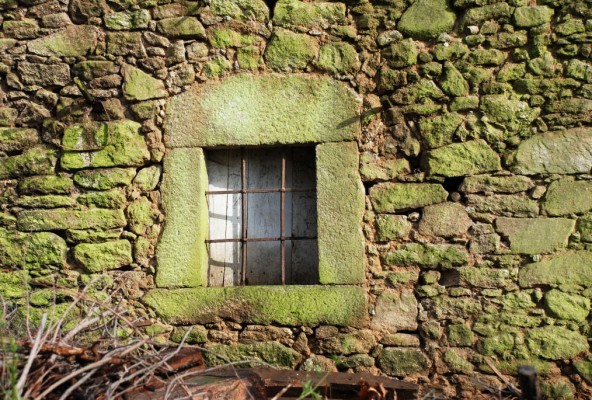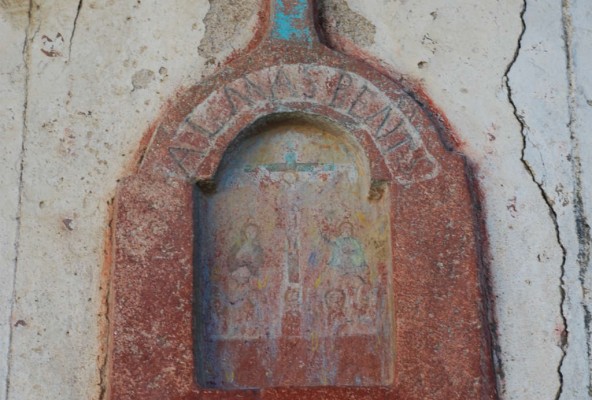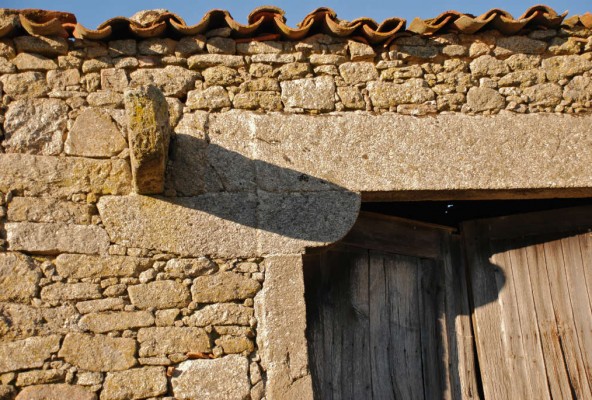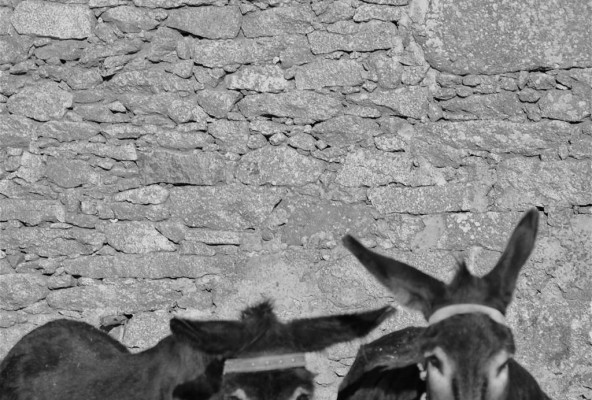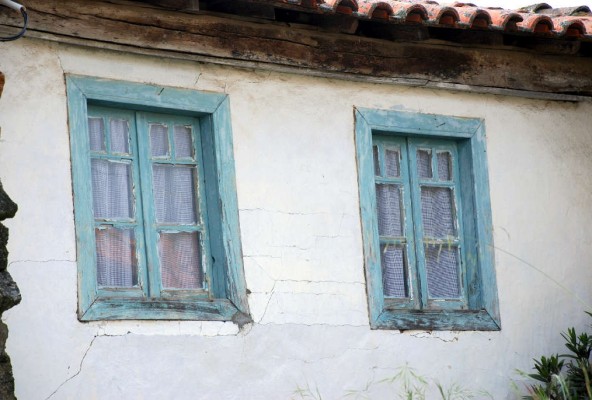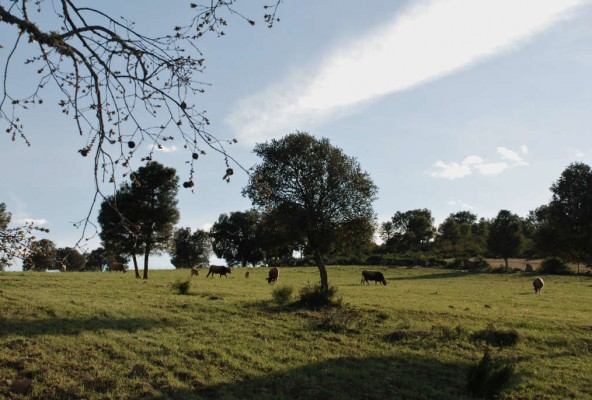The Village
The name of this village suggests much of its own history. So the village toponym is derived from the Arabic ár.ad-dai ‘â, which was originally about an urban-rustic building, after taking the meaning that it has today : a small rural and agricultural village. In turn, the fact that the name also includes the adjective ”New ” seems to naturally evidence a relationship with another older population, so old, that was previously abandoned due to constant wars or epidemics, a situation very common in medieval times.
It is to accept that this ancient settlement is related to the well-known Castro of St. John of the Cliffs, which is located about 1 km from Aldeia Nova, along the cliffs of the Douro. We do not know the name of this town, or when it was destroyed and abandoned, but the archaeological information that has come to us, may have considered one of the most important towns of the region castrejos just over 2000 years that was later occupied by the Romans, who exerted strong influence with the Indian community Castro, who lived there.
The “Castro de S. João das Arribas” of Douro imposed itself by the defensive unit that was surrounded by: walls, tower, unsurpassed natural defenses. And the brands of indigenous peoples are reflected in polished axes in hand and circular mills traces on prehistoric ceramics. It doesn’t precluded worship their gods, as reflected in two small depressions dug in different rocks, lead to the east, which are repeated in other villages pre and proto-historic, and finally typical spaces made for cultural ceremonies.
After the arrival of the Romans, this village with castro culture, called “S. João das Arribas” due to the cult that lends itself for centuries in this place that belonged to the community of Zoelas with the capital – it is thought – in “Castro de Avelãs”, near Bragança, which in turn would be integrated into Astures the north. The Romans sent their culture and civilization to this community protohistoric of the cliffs, being witness of this new Romanization funerary practices (found here more than a dozen funerary), remains of Roman pottery.
In archaeological resources, a tombstone has received the best attention which was dedicated to a distinguished honorary military this natural fortification, the term of “Aldeia Nova”, and stood in the Roman army. Although not unanimous in their reading transcribes up with proper bow to a reputed archaeologist – Antonio Rodriguez Colmenero from 1997:
The honorific Tombstone to Emilio Balaeso:
Reading:
The relatives of Emilio Balaeso, door banners Ward SABINIÂNIA made this dedication to his counterpart.
By the end of the century IV AC, the Romans embrace the Christian religion, which was spreading, slowly, across the regions of his vast empire. We ignore when such worship came to this region, and particularly in this town Castrejo in the cliffs Douro, but we know that this space was early Christianized, thanks to the deployment of the cult of S. João Baptista (S. João das Arribas), who was dedicated to building a shrine which, after so many centuries, continues to merit the attention of countless devotees. The cult of São João Baptista is so old, it was the first martyr of Christianity and it was he who baptized Jesus in the Jordan River and recognized him as the Messiah foretold by the Prophets. In honor of S. João das Arribas annually happens a party in this ancient fortified area that attracts many loyal, a good number of them from Spain…
We don’t know the reasons that led to the destruction and abandonment of this ancient people. But in its place, was built a new settlement from scratch, the Aldeia Nova. In 1758, The priest “Manuel da Igreja” to respond to inquiries from Parish Memories, noted that, at that time, had 28 neighbors with a total of 90 people, the town’s patron saint was “Santa Catarina do Monte Sinai” and that the church had three altars: the patroness, the “Nossa Senhora da Purificação” and “Santo António”. He also said that the main crop was rye.
The same priest “Manuel da Igreja”, pastor of “Aldeia Nova” for nearly 254 years, answer the same survey saying that his predecessor had told him that the inhabitants of this village knew in the year 1710, which the Spaniards had conquered and Miranda do Douro that all the villages had been stolen by the soldiers enemies. So in June 1711, he promised to send a Mass, at Blessed Souls in Purgatory, to intercede with God and were free “of hostilities, robberies and killings” that were occurring in the closest villages.
The Spaniards tried for three times thrice loot “Aldeia Nova”, but they failed. The first time, when they approached the place, I felt a huge fear and withdrew, the second, to pass along a cattle corral noise and felt, thinking it was a military squad, fled. Finally, when soldiers and Castilians were near the village, not only closed a fog so big that even they couldn’t see each other, but they also listened boxes, trumpets and other military instruments, that forced the Spaniards to withdraw. However, all residents who were hidden in the cliffs of the Douro returned to the village, finding its property and assets free from looting and destruction. It was the moment to thank the miracle of Blessed Souls in Purgatory.
“Aldeia Nova” remains a typical rural border community. Apart from Portuguese, the population is fluent in the language “Mirandese”, and well mastered Spanish. Indeed, relations with people across the Douro River are very cordial, cemented in festivities as well as the ancient practice of smuggling. The Douro was among populations borderer more than a point of union, was a gathering of people and cultures. And the landscapes of cliffs of this river are unique, molded dream and magic.
(Text by Dr. Hermínio)
